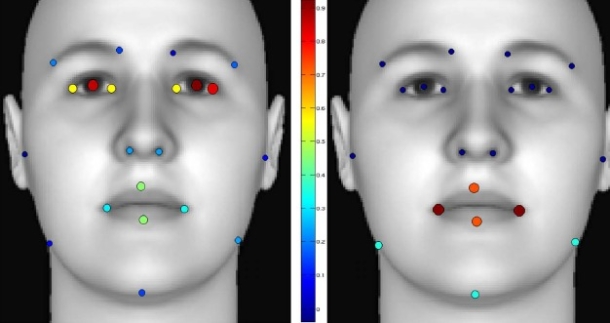Creative Destruction Coming Soon (or not so soon), To Your Mailbox
My suspicion is when email was invented some thirty-odd years ago I suspect its invetor didn't think to him or herself - 'Wow! This is fantastic! I imagine this will render the post office largely useless, and put hundreds of thousands of postal workers out on the street!'
Rather, once the usefulness of email began to be sensed, and it started to gain traction, eventually becoming the most incredible and powerful communications technology ever invented, its creators must have felt justifiably proud and encouraged by their brainchild. Email, and other web-powered technologies, have certainly helped to usher in the new, connected age. Email, as the first and still largest social network has enabled the type of connection, collaboration, and information sharing that would have been unfathomable only a few decades ago.
And for the better part of its trajectory as a tool, email has generally been seen as beneficial and certainly today, necessary for the successful conduct of commerce, education, and even in the Facebook age, socialization. Don't argue with me on that last point, how many of you get your Facebook notifications as email messages?
So while email has again generally been the 'killer app' of the last few decades, as I alluded to in the opening paragraph of this post, not all the changes brought about by email, (and more generally the connected, information age), have been so positive. And no, highly-paid professionals whining about the hundreds of unread messages in their Inbox is not what I'm talking about. If you're complainging about unopened emails to anyone, well then, you need to shut it. Talk to me when you have some real problems.
Like, by manner of transition, the problems soon to be encountered by potentially tens if not hundreds of thousands of US Postal Workers. Certainly you've heard about the financial troubles facing the US Postal Service? Massive deficit, declining demand for their services, and a public seemingly not all that sympathetic to their plight. As this piece on CNN.com point out, people are sending 22% fewer pieces of mail than just four years ago, and according to the author, this drop in volume is largely due to email and other forms of electronic communication replacing traditional mail.
The decrease in volume, (and for most of us customers), decline in importance of the traditional postal service is not all that surprising I guess. That's what 'progress' is after all, right? Smart men and women, (and in this modern age even kids), creating, combining, extending inventions and technologies that improve processes, create new and fantastic ways of generating value, and often, make our lives better, richer, and more fulfilling. And despite the whiny cries of spoiled adults, email has been one of those technologies. Most of us can't imagine a world without it.
But the demise of the post office and the postal service, and the likely redundancies of many, many thousands of good people still to come at least to me is really kind of sad.
For untold millions of Americans, their connection to the world beyond their immediate neighborhoods and towns was solely facilitated by the postal service. Long before nervous parents could get an email or even a Skype call from a son or daughter away at college, or worse, off fighting in a war in some distant land, there was the letter home, and the anxious moments watching the postman approaching the door while thinking, 'Today's the day. I'm sure we'll hear something today'.
That anticipation, and the disappointment that often accompanied a delivery of nothing but bills or junk mail is largely a fading memory, (or a 'never-experienced' memory if there is such a thing), for most.
Soon, the postal service will stop Saturday delivery. Then maybe they will drop Fridays, and they'll consider raising the prices of first-class mail, and close lots of local offices and distribution centers - but some would say it is all, already too late. Email, and the nine million other ways people and organizations can communicate that usurp the postal service show no signs of loosening their collective death grip around the postal service's throat.
But it has been a pretty amazing run. For a few cents really, even still today, you can drop a card or letter in a small blue metal box, anywhere in the country, and someone in a blue uniform will pick it up for you and after some under-the-covers magic happens, someone else in a blue uniform will hand deliver it anywhere in the United States. In just a couple of days. For just a few cents.
It is still, to me, a remarkable illustration of organization, process efficiency, and yes - even technology.
Better take advantage of it while you still can. And start explaining to Grandma how she might not to be able to send the Grandkids their Hallmark Cards with the $10 bill in them for very much longer.

 Steve
Steve



